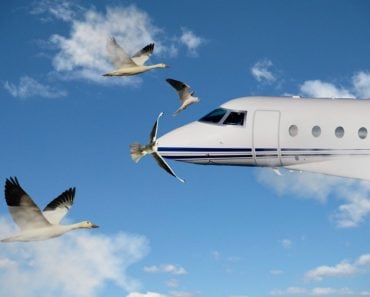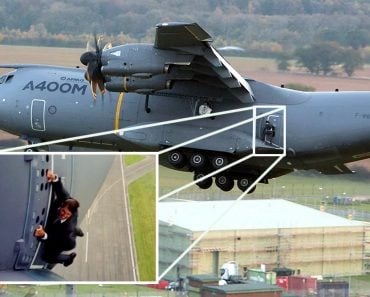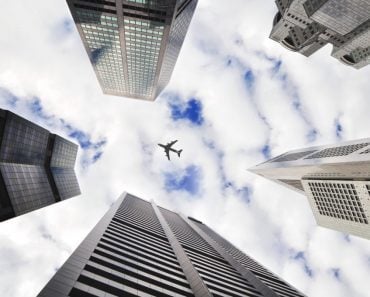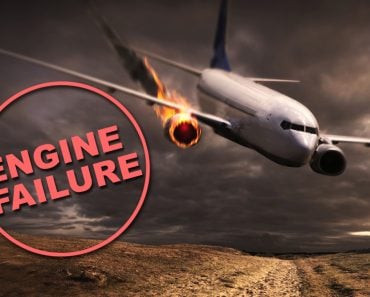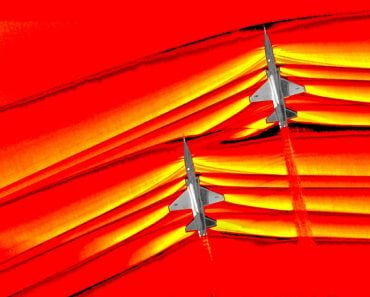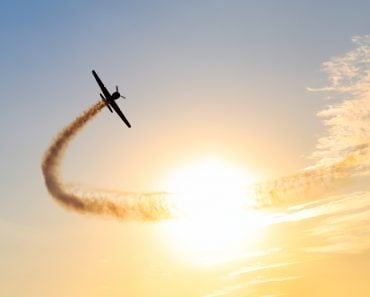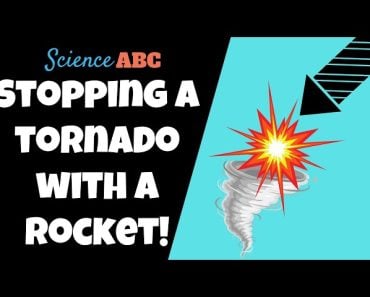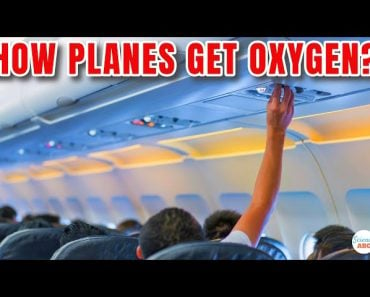Table of Contents (click to expand)
Too tired to read? Listen on Spotify:
Turbulence is a rapid change in the speed or pressure of a fluid. It can cause planes to drop in altitude and make a lot of noise. It’s rare for turbulence to be powerful enough to actually crash a plane, but it can cause injuries.
When you’re flying thousands of feet above the ground in a pressurized metallic tube, even the tiniest aberrations in the flight pattern and stability can cause an uproar. Of all the things that give people chills during a flight, I wager that trembling drinks, the momentary shaking of the fuselage, the noise of luggage dislodging from its place and abrupt changes in the plane’s course and altitude… in a word, turbulence, is the scariest of all.
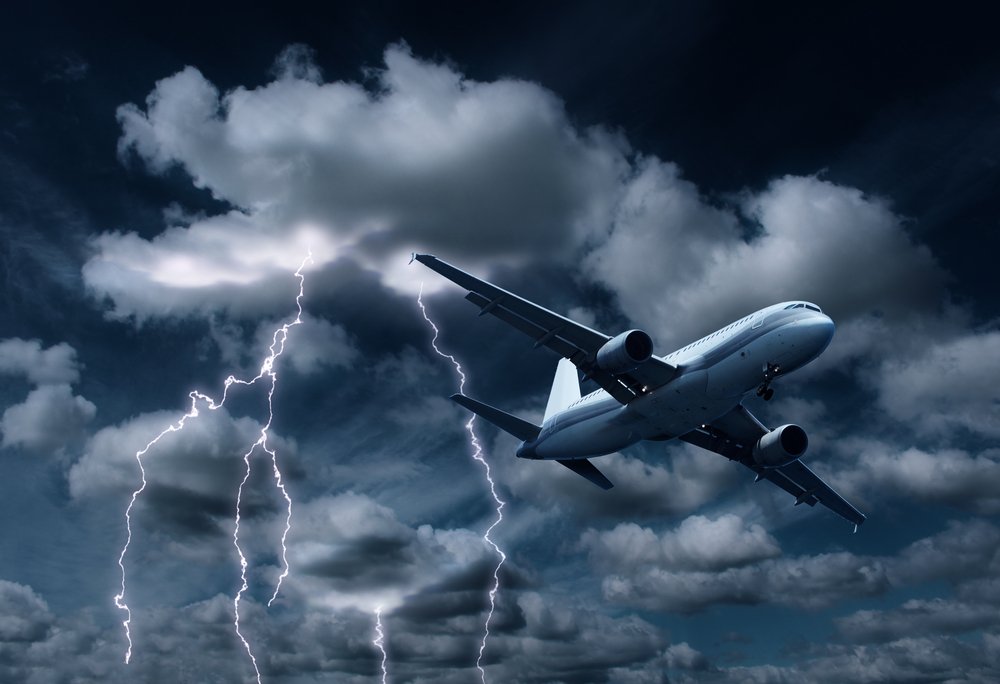
However, is the widespread fear of turbulence justified? Can it really be bad enough to cause a plane to plummet thousands of feet through the sky and actually crash?
Recommended Video for you:
What Is Turbulence?
When talking about fluids like air and water, turbulence refers to rapid changes in the speed and pressure of the fluid. In more technical terms, inertial forces dominate the viscous forces when turbulence is experienced.
Although turbulence frequently occurs in various media, and therefore has implications on things we observe in daily life (like the swing of a cricket bat, smoke rising from a cigarette, and most terrestrial atmospheric circulation), the term ‘turbulence’ strikes particular fear in the minds of air travelers, especially non-frequent ones.
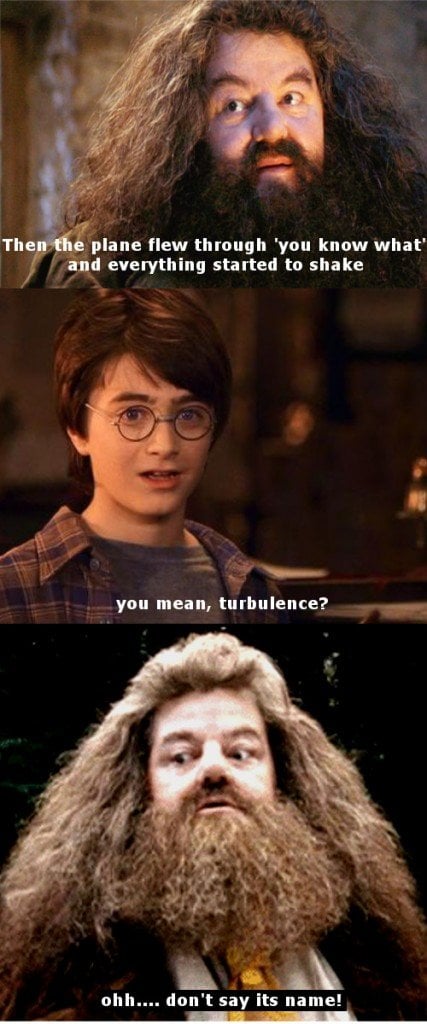
What Causes Turbulence?
Turbulence in an airplane is mainly caused by the interaction of jet streams, with slower-moving winds creating regions of uneven winds. This kind of turbulence is aptly called Clear Air Turbulence (CAT), because pilots cannot see it. This generally occurs at over 15,000 feet.
There are some other causes of turbulence, including:
1 – Thermal turbulence: Also referred to as convective turbulence, this happens due to the sun heating up the air just above the ground, making it lighter. This makes it rise in the air, thereby mixing with the cooler air above. This type of turbulence usually occurs during daytime when the sun is still in the sky.
2 – Mechanical turbulence: This type of turbulence occurs due to the friction between the ground and the air, especially in regions which have mountains, hilly terrain or even very tall buildings.
3 – Wind shear: When there is a change in the direction or speed of wind over a specific distance, a plane may experience this type of turbulence. This can also result in a turbulence of sever intensity if the change of the direction/speed of wind is high.
Furthermore, a plane can hit turbulence during stormy weather or a thunderstorm. A smaller plane running into the wake of a larger plane can also experience turbulence. Basically, whenever a plane enters a region where winds are not behaving normally, it’s bound to sustain a little battering.
Can Turbulence Crash An Airplane?
The short answer is – no. Not in the 21st century.
Although in its worst form, turbulence may scare passengers to the point where they start praying to the Almighty, asking for mercy for their sins, it’s very, very rare for turbulence to be powerful enough to actually bring a plane down. Modern aviation technology has made it almost impossible for an airplane to crash due to turbulance.
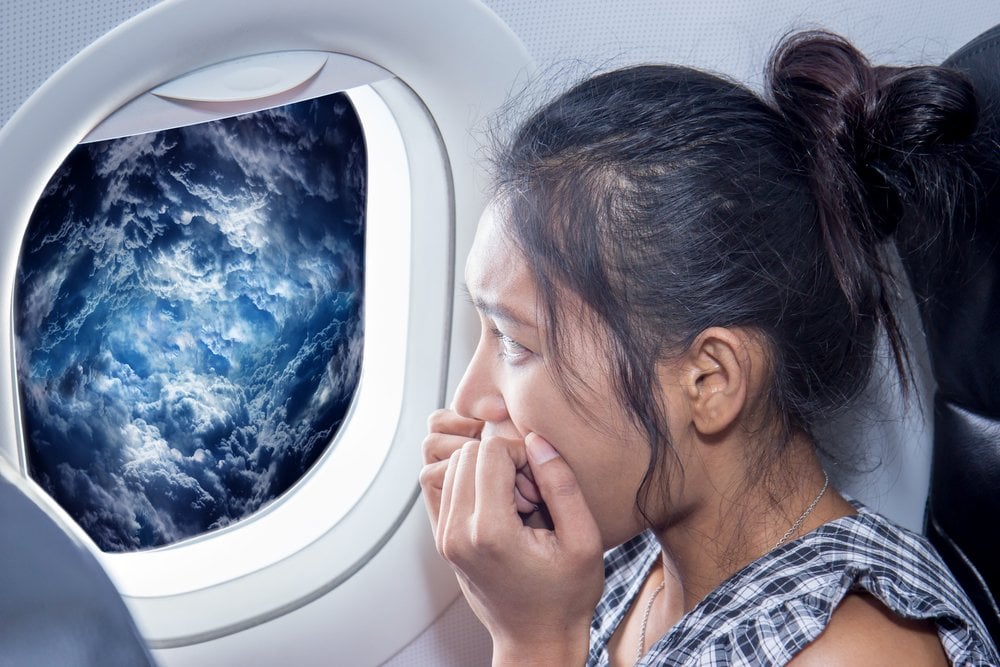
Airplane turbulence is often classified into three categories: mild, moderate and severe, although they aren’t very clearly defined, due to a lack of objectivity of their respective effects.
In mild turbulence, an airplane might sustain a few feet of altitude loss. While a bit scary for kids and people who don’t fly that often, mild turbulence is routine and considered nothing more than a minor inconvenience. Moderate turbulence may entail a deviation of 10-20 feet in altitude and last for 10-15 minutes. This can potentially unnerve even frequent fliers and cause drinks to spill. For safety, passengers will likely be advised to put on their seat belts.
Severe turbulence, as the name implies, is the nastiest form of turbulence that a plane might run into. It may cause the plane to drop by 80-100 feet, and a significant rattling noise will be heard in the fuselage. Severe turbulence also requires immediate corrective actions by the pilots (like changing the pitch, bank and altitude) to steer out of it. Severe turbulence may break bones, cause injuries, and in the rarest of rare cases, inflict fatal wounds, all of which could be avoided by following a simple safety guideline…

Before you start worrying about hitting severe turbulence the next time you fly, you should know that the chances of running into severe turbulence are slim to none; in fact, most fliers, even pilots, don’t encounter severe turbulence over their entire flying lives!
According to Patrick Smith, the pilot of a commercial plane and the author of Cockpit Confidential, “the level of turbulence required to dislodge an engine or bend a wing spar is something even the most frequent flyer—or pilot for that matter—won’t experience in a lifetime of traveling.”
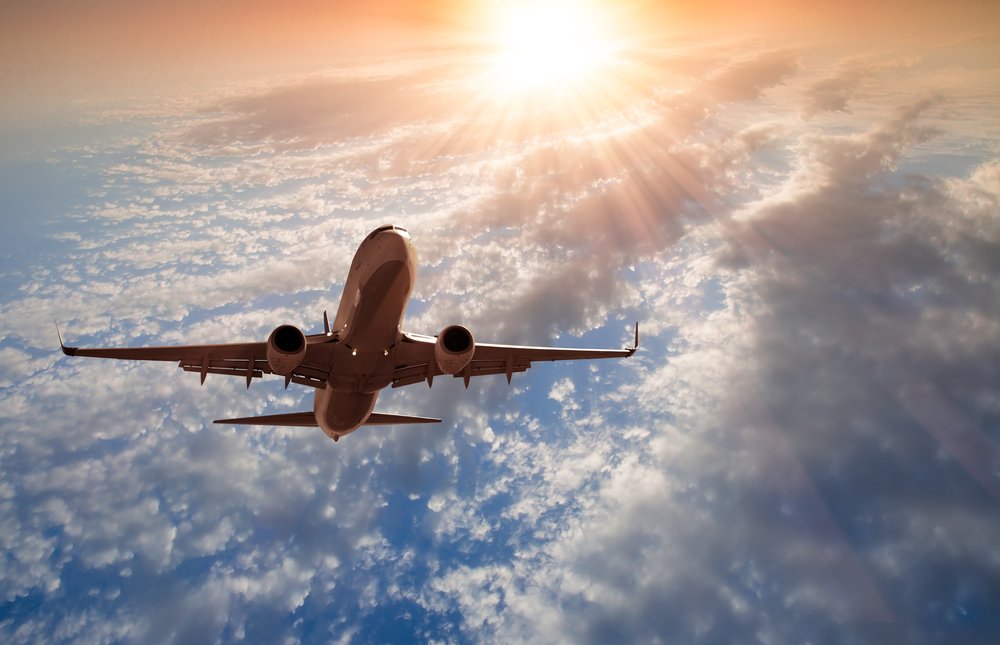
Furthermore, modern commercial airplanes are built to withstand harsh weather conditions; there have been instances where the external surface of planes have sustained serious damage, but the internal fuselage remained completely untouched. The fact that each plane is put through a series of rigorous tests before being allowed to carry passengers should be evidence of the safety of flying in these planes. According to the Federal Aviation Administration, turbulence is rarely the direct cause of an accident.
Has Turbulence Ever Caused A Plane Crash?
There were rare incidents in the 20th century where turbulence was involved in plane crashes; however, they were few and far between. In some cases, turbulence was not the sole cause of the crash but was accompanied by technical failure. As mentioned above, advancements in modern aviation technology have made airplanes safe from turbulence in the 21st century.
To conclude, it can be said that a plane flying into turbulence is like driving a car on a bumpy road (although the former is far less jerky); it’s usually nothing more than a nuisance. Turbulence is certainly something that pilots must be aware of, but it is primarily an issue that concerns passengers’ convenience, not their safety.


